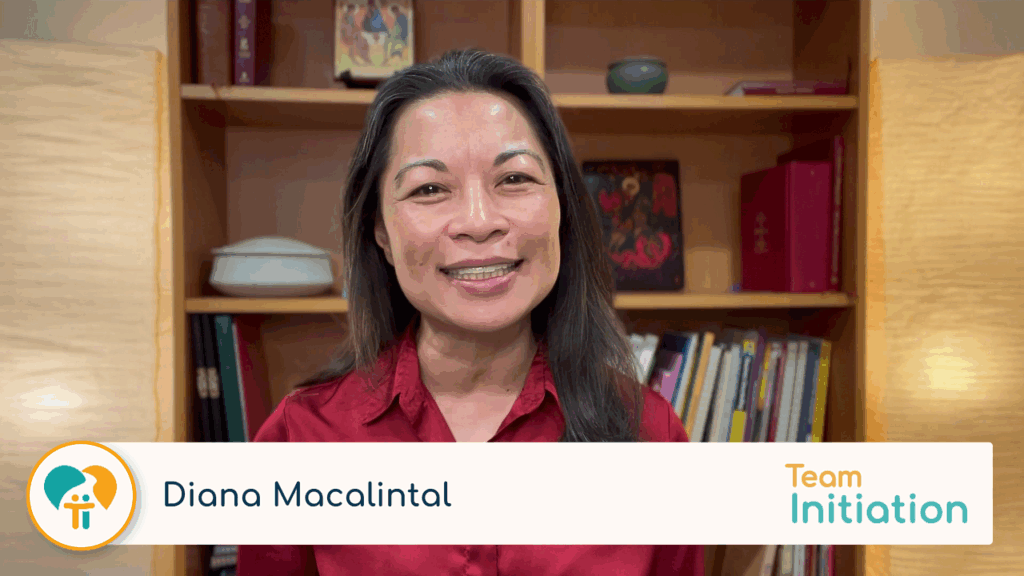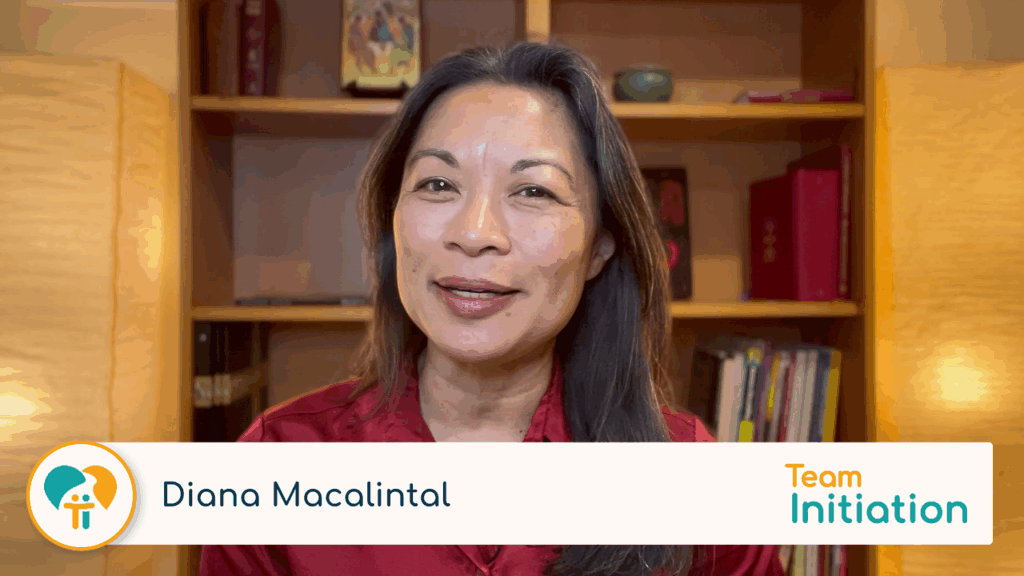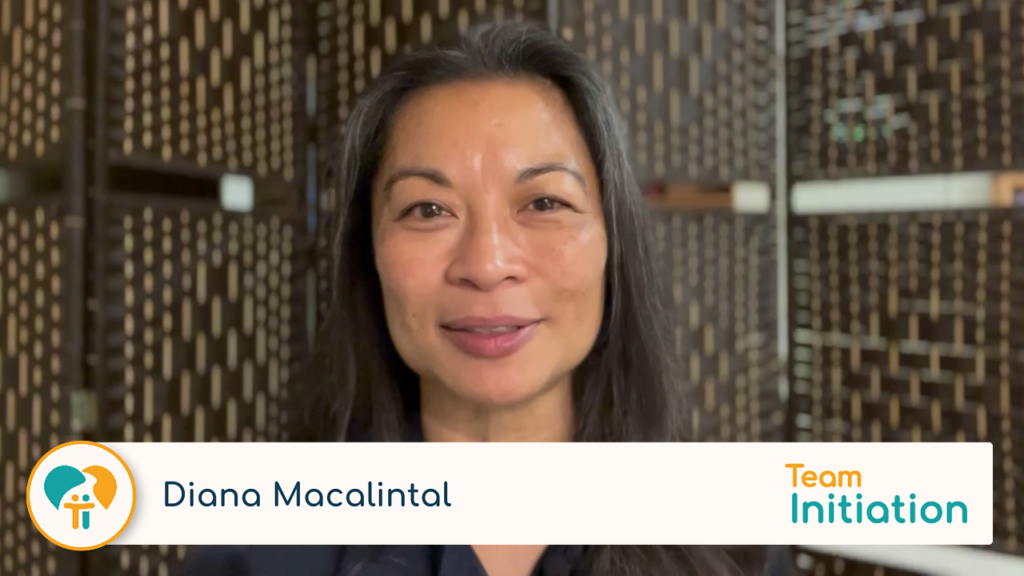 Some of the RCIA rituals can be complicated. The Rite of Acceptance into the Order of Catechumens, for example, takes place in several locations, requires at least one procession, includes multiple gestures, and has many different moments of ritual dialogue. Our first inclination might be to write out a script for the seekers so they will know exactly what to say and do during the ritual.
Some of the RCIA rituals can be complicated. The Rite of Acceptance into the Order of Catechumens, for example, takes place in several locations, requires at least one procession, includes multiple gestures, and has many different moments of ritual dialogue. Our first inclination might be to write out a script for the seekers so they will know exactly what to say and do during the ritual.
Before we do that, however, let’s stop and ask why we are celebrating these rituals. Each ritual—the Rite of Acceptance, the Rite of Election, the scrutinies, the initiation rites, and the rest—has its own “why.” At the same time, every ritual in the catechumenate shares a single purpose. Every rite provides an opportunity for the seekers (and the worshiping assembly) to encounter Christ.
Letting the Holy Spirit work through the RCIA Rites
If you think of all the encounters the first disciples had with Jesus, none of them were scripted. The same is true of all of your favorite saints. None of their encounters were scripted. It is probably true in your own life as well. Your most significant encounters with Christ were probably not scripted.
When it comes to liturgy, however, where we are supposed to have our most profound encounters with Christ, we tend to follow a script. That makes sense. Every liturgy has a script, which is meant mostly for the presider but can be helpful to the rest of the ministers as well. But just because a liturgy has a script does not always mean that everything in the rite has to be written out, rehearsed, and delivered exactly the same every time.
In fact, the rites of the RCIA will often say specifically that a particular text is only an example or that one of several different gestures are possible or a prayer might use option A or option B or option C—up to option I in the Blessings of Catechumens (RCIA 97).
The intent of all this flexibility is to provide some room for the Holy Spirit to move around in different ways at different times depending on who is celebrating the rite and when along their faith journey it is being celebrated.
How to prepare a seeker for the Rites
Because I want the seeker to have the most profound encounter with Christ possible, I do not give them a script. I don’t rehearse the rite with them. I don’t give them “spoilers” ahead of time, just as I wouldn’t tell a friend what happens in an exciting movie he is about to go see.
Now that doesn’t mean I send the seeker into the rites completely unprepared. I spend a significant amount of time with the seeker, asking spiritual direction type questions related to the rite we are about to celebrate. To do that, I have to know what the rite expects to have happened with the seeker beforehand, what the rite intends to “do” to the seeker, and what the rite expects of the seeker after the celebration.
For example, the Rite of Acceptance first expects that the seeker has already undergone an initial conversion, and RCIA 42 describes some markers to look for that give evidence of that conversion. The rite also expects that the seeker comes to the rite with some sense of what they are seeking. We know this because at the beginning of the rite, the presider asks the seeker, “What do you ask of God’s Church?” (RCIA 51).
Note that the instruction just before the scripted question makes clear that the question is only an example. It is not meant to be asked exactly as written of every seeker. Also note that the seeker’s scripted response is also just an example. The instruction given in the rite says: “The celebrant may use other words than those provided in asking the candidates about their intentions and may let them answer in their own words.”
No longer outsiders
What the rite intends to “do” is to change the seeker from an outsider to an insider, from someone with no status in the church into a member of the household of Christ, from an inquirer into a catechumen.
Finally, what the rite expects of the new catechumen after the celebration is that they will “share their joy and spiritual experiences” (RCIA 67).
Every rite has these three “before, during, and after” intentions. We can have deep spiritual conversations with our seekers around these intentions that will prepare them for the celebration of the rites much more profoundly than giving them a script and rehearsing lines with them.
The reason we celebrate these rites with the seekers, the “why,” is so the seekers will encounter Christ in a life-changing way. If the seekers are worried about staying “on script” during the ritual, it will be more difficult for them to attend to the movement of the Holy Spirit in their hearts. Our challenge as RCIA leaders is the spiritually prepare the seekers for the rites and then gently lead them through the celebration in such a way that they are able to authentically respond to God’s call.
Your Turn
Do you take extra steps to prepare your seekers for the Rites? What would it look like if you let them go “off script”? Share your thoughts in the comments below.












This is an thought provoking article and it pushes me to remember the whole process as initiation and formation. If we don’t keep what the rites aim to “do” we’ll rely on doing the rite, not being open to what the Spirit will do in the rite.
We prepare Sponsors for the rituals, but not the seekers. We let them know that we will be right there with them and lead them or tell them where to be and what to do. We tell them to listen carefully, respond to simple questions and just do what we ask them to do. Why? So that they can experience the movement of the Spirit and the embrace of the community. We haven’t had one die of nervousness yet!
I really like the “spiritual direction type” idea of accompaniment’
We give seekers a general sense of what to expect and the type of question to expect since we want to allow the heart to speak. This allows them to think and pray about what they are doing.
So much happens in each rite. We do give them a copy of the script but only AFTER. It serves both as a souvenir and material for their ongoing reflection and prayer.